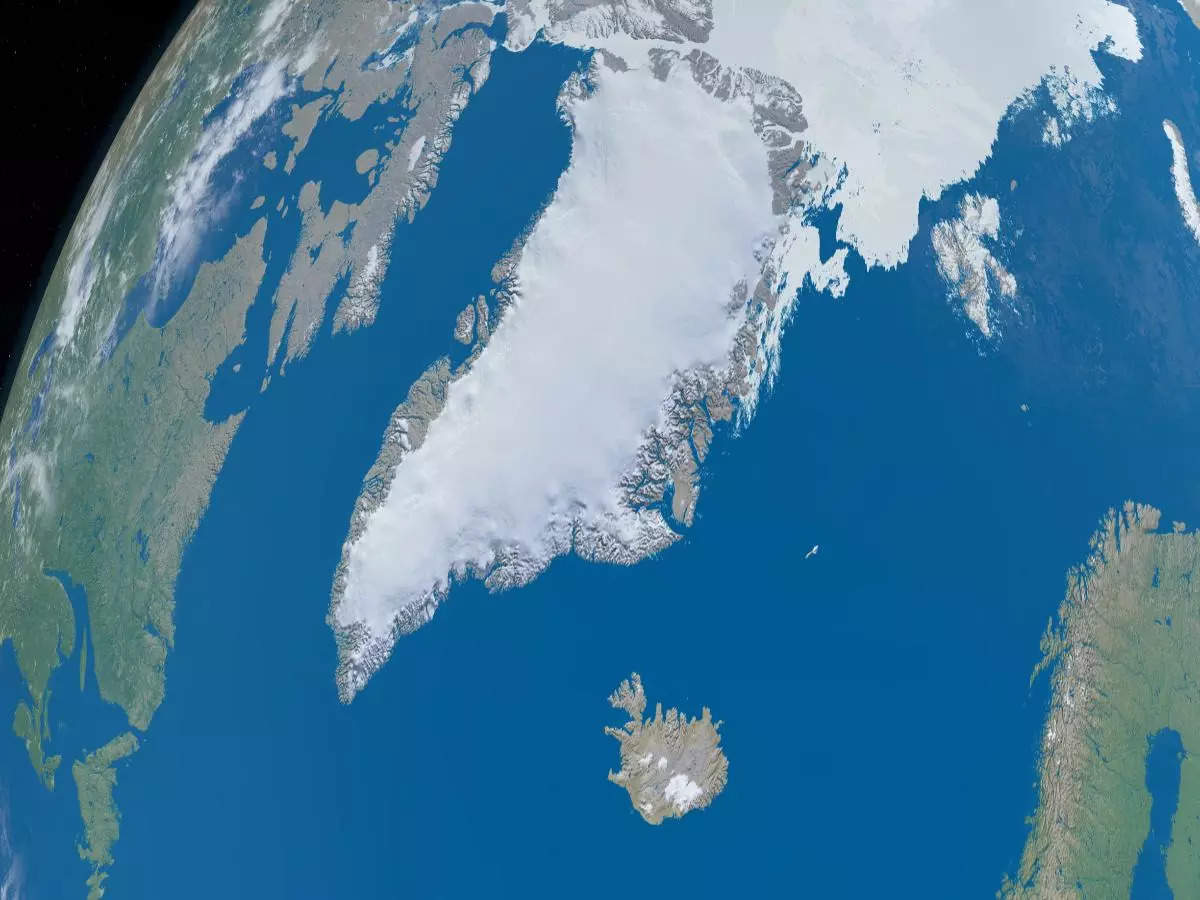Nestled between Greenland and Canada, the Davis Strait acts as a crucial link between the Labrador Sea and Baffin Bay. This region has long fascinated scientists due to its complex geological features. Recently, a groundbreaking discovery has highlighted the area’s significance: the identification of a microcontinent formed through intricate plate tectonic processes.
The Davis Strait Proto-Microcontinent
The newly discovered microcontinent, named the Davis Strait proto-microcontinent, has shed light on the tectonic history of the North Atlantic. This discovery provides valuable insights into the processes of continental formation and the tectonic evolution of the region.
Exploration and Tourism
For adventurous travelers and geology enthusiasts, the Davis Strait presents a unique opportunity to explore Earth’s tectonic processes. Despite its remoteness, the region’s stark beauty and scientific importance make it an attractive destination for eco-tourism and educational expeditions. Visitors can experience dramatic landscapes shaped by ancient geological forces and gain a firsthand understanding of ongoing tectonic processes.
Geological Discovery
A team of geologists from Sweden’s Uppsala University and the University of Derby in the UK uncovered an isolated block of thick continental crust in the Davis Strait. This formation, measuring 19-24 km in thickness, was likely separated from Greenland due to east-west extension along its margin. The microcontinent’s formation is attributed to rifting and seafloor spreading between Greenland and North America, which created the Labrador Sea and Baffin Bay, linking them through the Davis Strait.
Significance of the Discovery
Dr. Jordan Phethean from the University of Derby emphasized the importance of this discovery. According to Dr. Phethean, the Davis Strait’s well-defined plate motion changes and relatively straightforward external conditions make it an ideal natural laboratory for studying microcontinent formation. Understanding these processes helps predict future tectonic evolution and offers insights into ongoing rifting phenomena.
Research Findings
The discovery was detailed in a recent study published in Gondwana Research. The research indicates that this microcontinent formed around 58 million years ago. The role of the Pre-Ungava Transform Margin, a newly identified tectonic feature, was crucial in this separation. These findings contribute to our understanding of microcontinent formation globally, including other notable formations like the Jan Mayen microcontinent, East Tasman Rise, and the Gulden Draak Knoll.
Implications
Dr. Phethean highlighted that better knowledge of microcontinent formation aids in understanding plate tectonics, which has practical implications for mitigating tectonic hazards and discovering new resources.
Travel Opportunities
Travelers can explore the rugged coastlines of Greenland and Canada, engage with local communities, and learn about the region’s rich natural history. Guided tours, research expeditions, and the pristine Arctic environment promise a memorable and enlightening adventure.
Multiple Choice Questions (MCQs):
- What recent discovery was made in the Davis Strait?
- A) An underwater volcano
- B) A new species of marine life
- C) A microcontinent
- D) A new oil reserve
- How thick is the isolated block of continental crust discovered in the Davis Strait?
- A) 10-15 km
- B) 19-24 km
- C) 25-30 km
- D) 35-40 km
- Which universities were involved in the discovery of the Davis Strait proto-microcontinent?
- A) Harvard University and Oxford University
- B) Uppsala University and University of Derby
- C) Stanford University and University of Melbourne
- D) University of California and University of Toronto
- Approximately how many years ago did the microcontinent in the Davis Strait form?
- A) 20 million years ago
- B) 35 million years ago
- C) 45 million years ago
- D) 58 million years ago
- What tectonic feature played a crucial role in the separation of the Davis Strait microcontinent?
- A) The Mid-Atlantic Ridge
- B) The Pre-Ungava Transform Margin
- C) The San Andreas Fault
- D) The East African Rift
